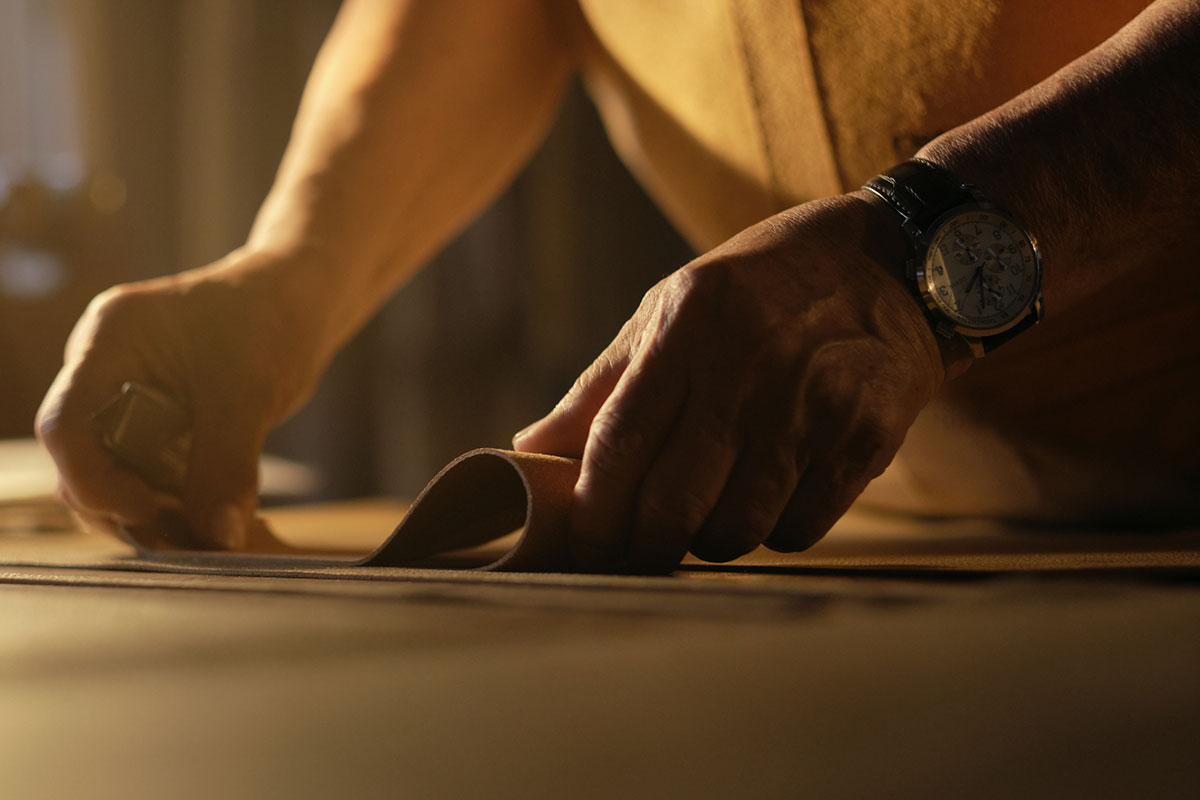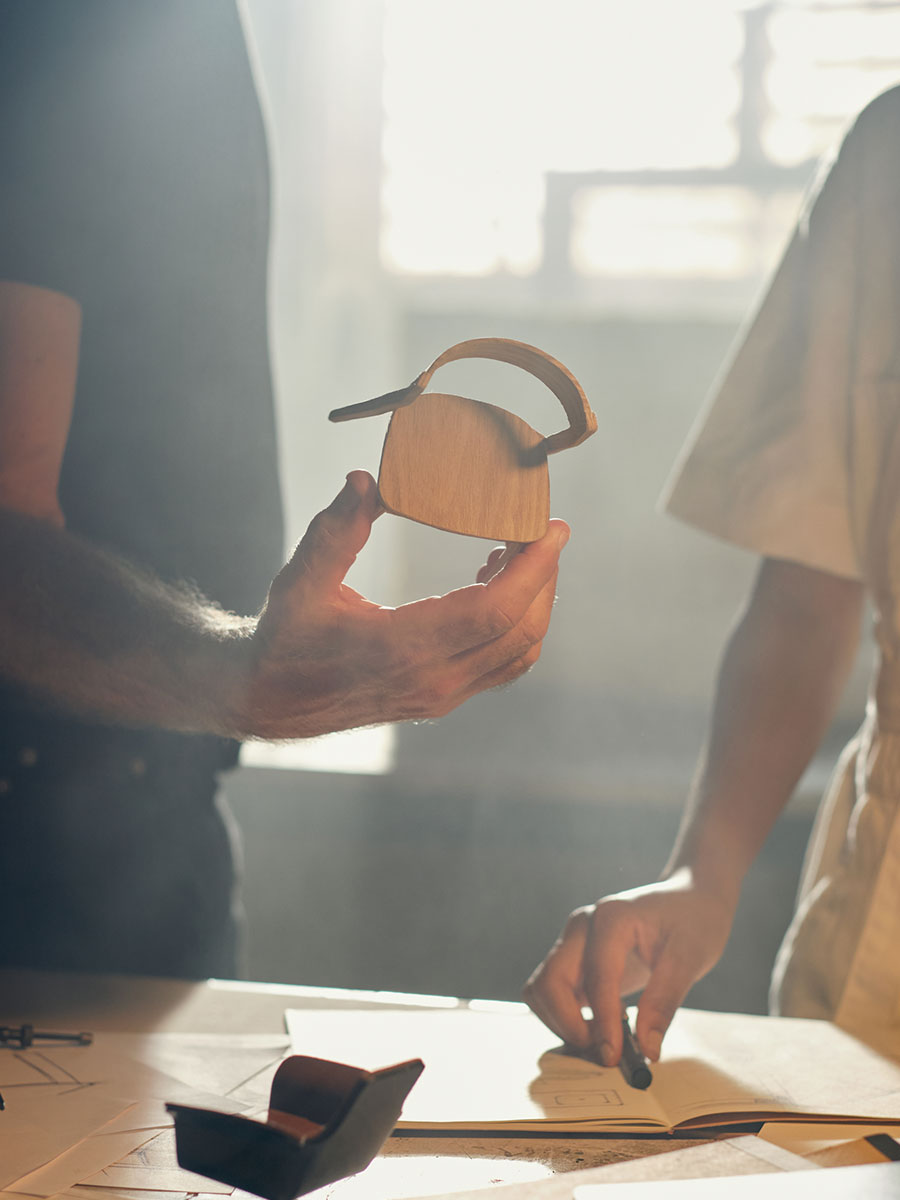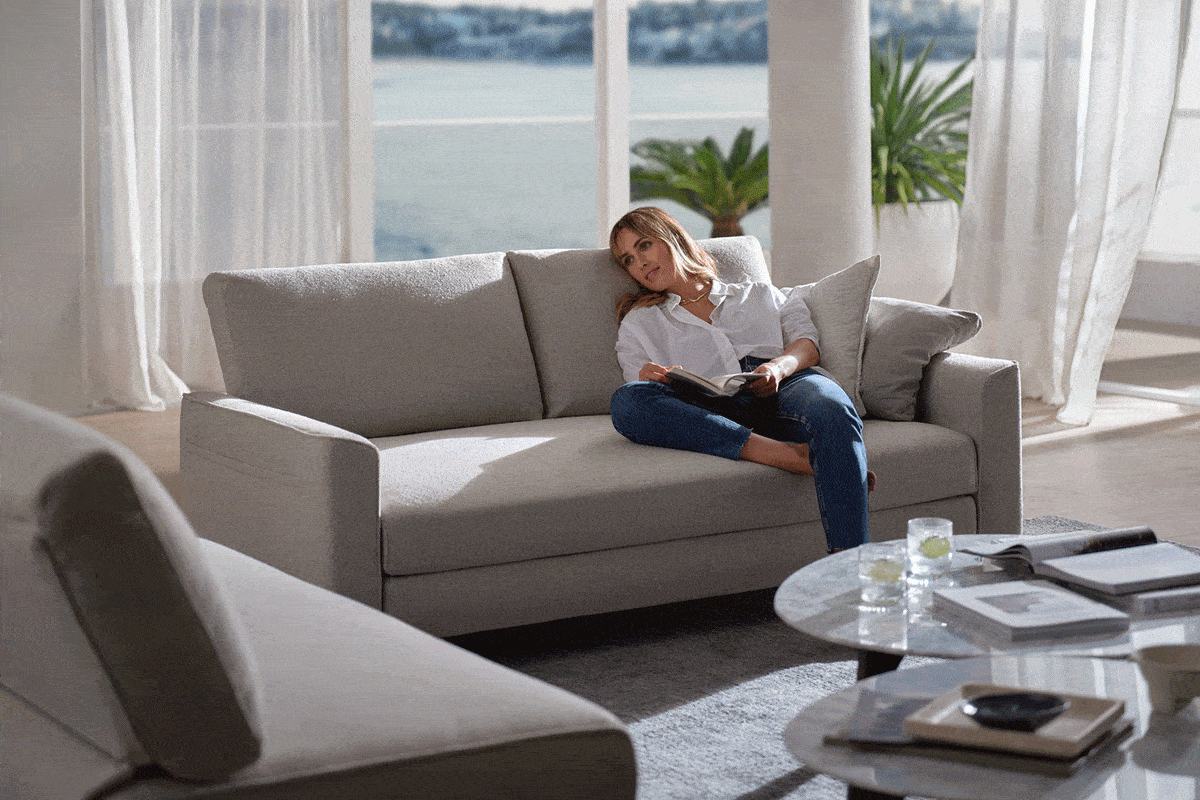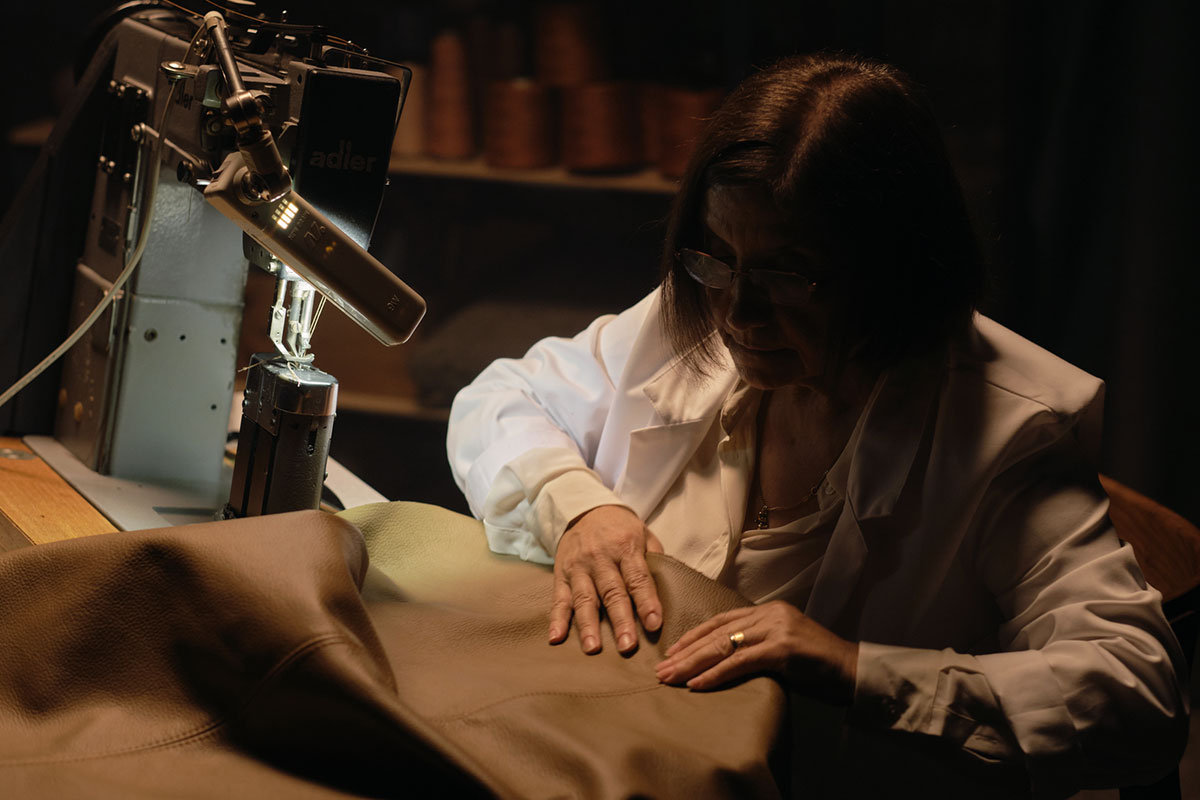Designing products for a circular economy

The next big thing in design is circular.
And with growing climate, landfill, and pollution issues, designing for a circular economy is more than a good idea. It’s a need.
As a global furniture designer, manufacturer and retailer, we understand the importance of building-in sustainable design features and making choices that contribute to a circular economy.
Sustainable design is at the heart of the KING ethos, and we are working towards our vision of being a global leader in sustainable furniture design and manufacture.
In this article, you will discover some of the ways businesses can design products that help to contribute to a circular economy.

Designing with intention
In the industrial design industry, many products are made for mass production, making the implications of design choices far-reaching.
Building processes that aim to review the intention for a product is essential. What happens when it’s no longer wanted? What if something breaks? Can any of the materials be removed from waste streams and reused? Considerations beyond a customer making the purchase and taking it home must form part of the picture.
KING Senior Designer Alinta Lim explains the intention behind the KING design process.
“We always try to design with longevity in mind. When you create a new product, it takes resources and has an environmental impact. You have to think about why that product needs to exist and if the raw material input is going to justify the use over its lifespan and ask yourself can it enhance someone's life.”
Progress is still better than perfection, what’s important is the communication is opened and the journey to better design begins.
Business models, products, and services all have inherent possibilities to be designed differently, and with intention.

Design features and services that enable reuse, repair and refurbishment
Designing products that can undergo repair, refurbishment or remanufacturing can provide greater value for both customers and businesses. But how does this work?
Systems will work differently in every industry, but the result is always the same. The product is used for longer.
Some of the most common examples are modular design, refurbishment programs, and secondary market platforms.
Modular design feature
Modular designs are made up of pieces that are independent of each other and can be separated and taken apart. Designing in this way gives customers many great benefits, like upgrading specific parts, repairing individual parts, or removing and changing parts. Modular designs are seen across various industries, and in the furniture industry, sofas generally have the most options for modular design.
At KING, we offer modular sofa designs that can adapt into countless setting to suit your lifestyle and space. You can turn one sofa into two, change the chaise from left to right, add or remove modules to change the seating capacity, and the Jasper and Delta sofas can even turn into luxurious guest beds.
Modular designs also provide customisation options that can help the user to adapt the product to their changing needs and ultimately keep the product as long as possible. For example, integrated technology like our LED reading lights can be updated and replaced whenever needed – this means out of date technology won’t render the sofa obsolete.
For more information about modular sofas, you can read our modular sofa guide.

Refurbishment programs
Refurbished items are products sent back to the company that created them, which are then inspected, repaired and resold. The intention is generally for the product to appear and function like-new, though this may vary across industries.
Items made with quality materials built to last are naturally going to fair better in refurbishment programs, however, there are also specific design features that can help achieve better results and longer life.
For example, at KING all our designs feature removable covers – this means they can be removed, washed and cleaned, or entirely replaced. For an item like a sofa, replacing just the covers impacts the environment considerably less than purchasing an entirely new one. It also means the item can be refreshed and resold second-hand with greater ease.
Second-hand market platforms
Second hand items are sold across a variety of platforms. Some are unrelated to the company they were purchased from, and others are sold through company websites, similar to refurbished items. Every second-hand item purchased means one less new item is purchased, and existing items are kept in the marketplace for longer.
Offering options for rental, subscription, sharing or leasing
Is ownership really necessary? Depending on the product and the requirements of a user, ownership won’t always make sense.
It’s a newer way of thinking and buying, but new forms of temporary ownership positively contribute to reducing our environmental impact.
There will always be instances where a customer only requires a product temporarily. A prime example of this in the furniture industry is furnishing a home for sale. Cheap and fast furniture could be purchased as it doesn’t need to last long, but the better solution for waste reduction is temporary leasing.
The same applies in the fashion industry, where countless businesses offer services to hire occasional wear like a formal dress or suit for a limited timeframe.
Essentially it is a mindset shift from ownership to accessibility.
Are you ready to learn more about the future of sustainable design?
Circular design thinking is a process of continuous learning. Making the shift isn’t easy, but all businesses have the ability to make progress.
There are many ways to design and various business models that create less waste and pollution. There is no single best way.
What is important is creating a space that fosters open communication, idea sharing, and diversity of thinking. Shaping the future we want is in the hands of both business and consumer choices.
If you would like to learn more, read our article about how emotionally durable design impacts the circular economy.
You may also be interested in reading about fast furniture versus sustainable design.














